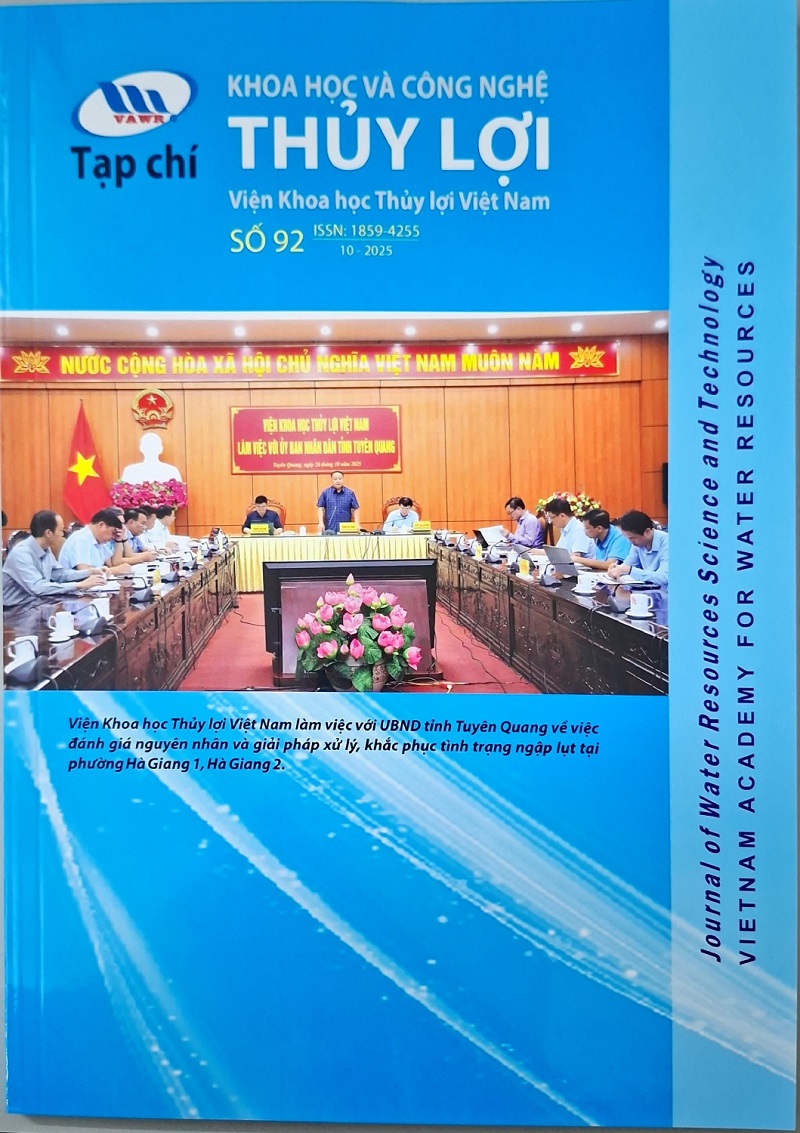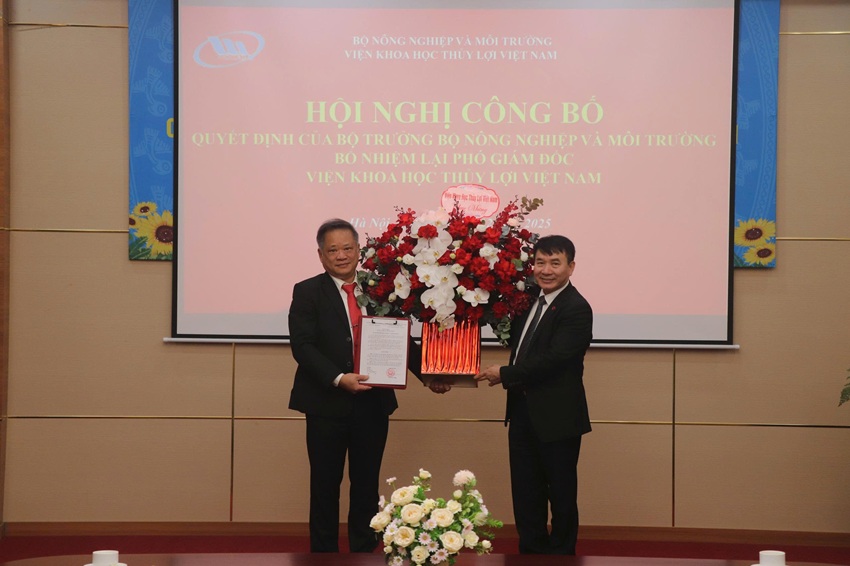Numerical simulation of a wave energy converter using linear generator
05/08/2021This paper presents results of numerical simulation for a wave energy converter using linear permanent magnet generator. Using a linear permanent generator has the advantages of simple structure, minimizing the mechanical loose… On the basic mechanics model, a system of equations describing the operation of the device under linear potential wave was obtained. The magnetic field in generator was calculated by FlexPDE software. The system of movement equations was numerically solved with Matlab. Various calculations were performed with the different parameters of wave conditions and device’s structures to determine the device’s configuration for a 300W output power under wave condition in the South-Central offshore of Vietnam. The results also show potential of developing the wave energy conversion to meet the energy demand in some coastal and island regions of Vietnam.
1. Introduction
1.1. Ocean wave energy
1.2 Wave energy conversion technologies
2. Concept model and modeling
2.1 Concept model
2.2. Governing equations
2.3. Tools and program development
3. Results and discussions
4. Conclusion
REFERENCES
1. A. Clement, P. McCullen, A. Falcao, A. Fiorentino, F. Gardner, K. Hammarlund, G. Lemonis, T. Lewis, K. Nielsen, S. Petroncini, P. Schild M.-T. Pontes, B.-O. Sjostrom, H. C. Sorensen, and T. Thorpe. 2002. Wave energy in europe: current status and perspectives. Renewable and Sustainable Energy Reviews, 6:405–431.
2. MOST (Ministry of Science and Technology). 2010. Study on evaluation of potential marine energy sources and propose of exploitation approaches. KC.09.19/06-10 Project report.
3. IMECH (Institute of Mechanics), Vietnam Academy of Science and Technology. 2003. Study on potential use of marine energy sources of Vietnam. Project report.
4. G.M. Hagerman and T. Heller. 1988. Wave energy: a survey of twelve near-term technologies. Proceedings of the international Renewable Energy Conference, pages 98–110. Honolulu, Hawaii, 18-24 September.
5. G. Fredriksson. 1993. Ips wave power buoy. Wave Energy R&D, Cork, Ireland.
6. B-O Sjöström. 1994. The past, the present, and the future of the hose-pump wave energy converter. First European Wave Energy Symposium. Edinburgh.
7. Dang the Ba, Dinh Van Manh and Pham Thi Minh Hanh. 2010. Modeling and Simulation of a Heaving-Buoy Wave-Energy Convertor. International Conference on Engineering Mechanics and Automation (ICEMA 2010). Hanoi, July 1-2, 2010.
8. Dang The Ba and Dinh Van Manh. 2009. Numerical survey on the absorbed energy by point absorber wave energy conversions. Proceeding of National Science Conference on Fluid Mechanics. Danang, 7/2009.
9. M. Ericksson. 2007. Modeling and Experimental Verification of Direct Drive Wave Energy Conversion. Uppsala Dissertation. ISSN 1651-6214.
10. I.A. Ivanova, O. Ågren, H. Bernhoff, and M. Leijon. 2005. Simulation of wave-energy converter with octagonal linear generator. IEEE Journal of Oceanic Engineering, 30(3):619–629.
11. M. Eriksson, R. Waters, O. Svensson, J. Isberg, and M. Leijon. 2007. Wave power absorption: Experiment in open sea and simulation. Journal of Applied Physics. 102(8):084910
12. F. Johannes. 2002. Ocean Waves and Oscillating Systems: Linear Interactions Including Wave-Energy Extraction. Cambridge University Press.
Detail: Numerical simulation of a wave energy converter using linear generator
Phung Van Ngoc , Nguyen The Mich
Hanoi University of Scientist anh Technology, No.1 Dai Co Viet , Hai Ba Trung, Hanoi, Vietnam. Email: phungthanhngoc@gmail.com
Dang The Ba
University of Engineering and Technology, Vietnam National University 144 Xuan-Thuy, Cau-Giay, Hanoi, Vietnam, Email: badt@vnu.edu.vn
Phan Dinh Tuan
Hydraulic Construction Institute - Vietnam Academy for Water Resources. Email: dtuan99@gmail.com
Proceedings of the 1st Vietnam Symposium on Advances in Offshore Engineering - 2018
Ý kiến góp ý:









